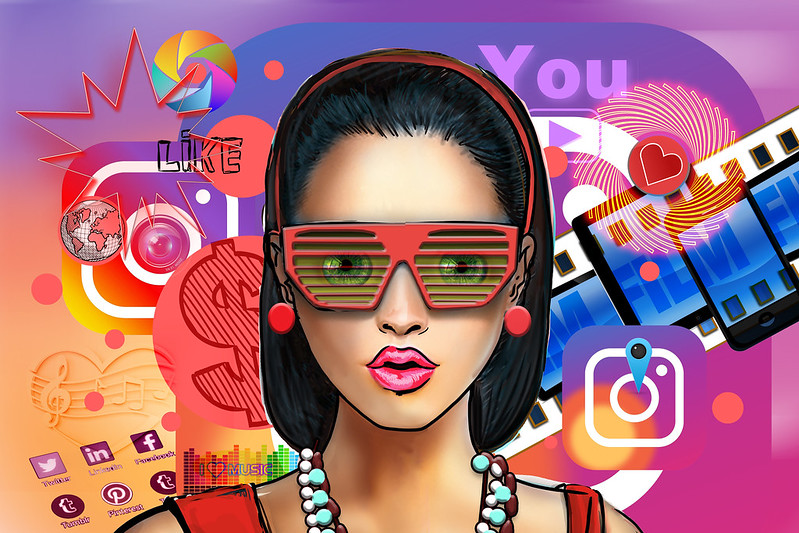By Carrissa Bruneau, crbruneau21-geemail com
So just how do marketing teams go about hiring an influencer? They must pick the person with the most followers, right? Wrong, there are many driving factors when regarding influencer sponsorship success. However, the one element advertisers need to seriously start looking for when hiring successful influencers is their ability to connect with varying consumers and their causes for spending. Understanding consumer spending is a key factor when determining which brands will sponsor an influencer.
To better understand consumer spending, an online survey was taken of 938 U.S. residents. Farrell, Cambell, and Sands found that these were the six prominent types of consumers and their annual spending averages.
- Silent Follower (20%) Annual $9.98 – People who have social media accounts, but rarely engage with influencers.
- Spontaneous Entertainment-Driven (13%) Annual $14.41 – Motivated by entertainment but rarely purchase or seek deals from influencers
- Influencer Unengaged (11%) Annual $17.03 – Very rarely engage with influencers at all.
- Idea Seeker (32%) Annual $50.47 – Moderately engaged with influencers and are inspired to follow for entertainment and inspiration.
- Super Fan (7%) Annual $126.48 – Follow a high number of influencers based on entertainment and attractiveness.
- Entertainment-Driven Inspiration Seeker (17%) Annual $207.38 – Highly engaged and view influencer content regularly. Make purchases based on influencer trust.
The low spenders considered lurkers follow influencers that provide quality content for entertainment purposes. They get targeted with more general ads because their lack of engagement makes them hard to track. They spend less because they are not the general target. Moderate to high spenders are looking for high entertainment and high inspirations. This could be content centered around home décor, self-care, fashion, etc. Although reasons for following influencers are more specific, the yield of purchases is higher because the influencers are more in tune with what their fanbase wants.
For advertisers looking to hire influencers to sell their products, look at their fanbase. Find influencers that attract consumers with different motivations instead of ones that target all consumers. Different influencers can address the different motivations of the consumers listed. The marketers that can hire influencers who leverage deal seeking, entertainment, and inspiration as mechanisms for connecting with audiences will be better off. Influencers with smaller followings with high engagement note a higher degree of trust placed on influencer recommendations. Super fans were the lowest percent of individuals in the survey, but they make up one of the highest spending groups.
Accounts with a smaller more loyal fanbase show an increase in parasocial relationships. Parasocial relationships occur when the consumer feels emotionally connected to the creator. These relationships show an increase in purchase intentions and have a positive effect on consumerism. Attempting to target every demographic of consumer is not necessary if multiple influencers are selected to target specific loyal consumers.
FARRELL, J. R., CAMPBELL, C., & SANDS, S. (2022). What Drives Consumers to Engage with Influencers? Segmenting Consumer Response to Influencers: Insights for Managing Social-Media Relationships. Journal of Advertising Research, 62(1), 35–48. https://ntserver1.wsulibs.wsu.edu:2137/10.2501/JAR-2021-017
Image licensed by CC by 2.0 license, courtesy of www.songsimian.com

